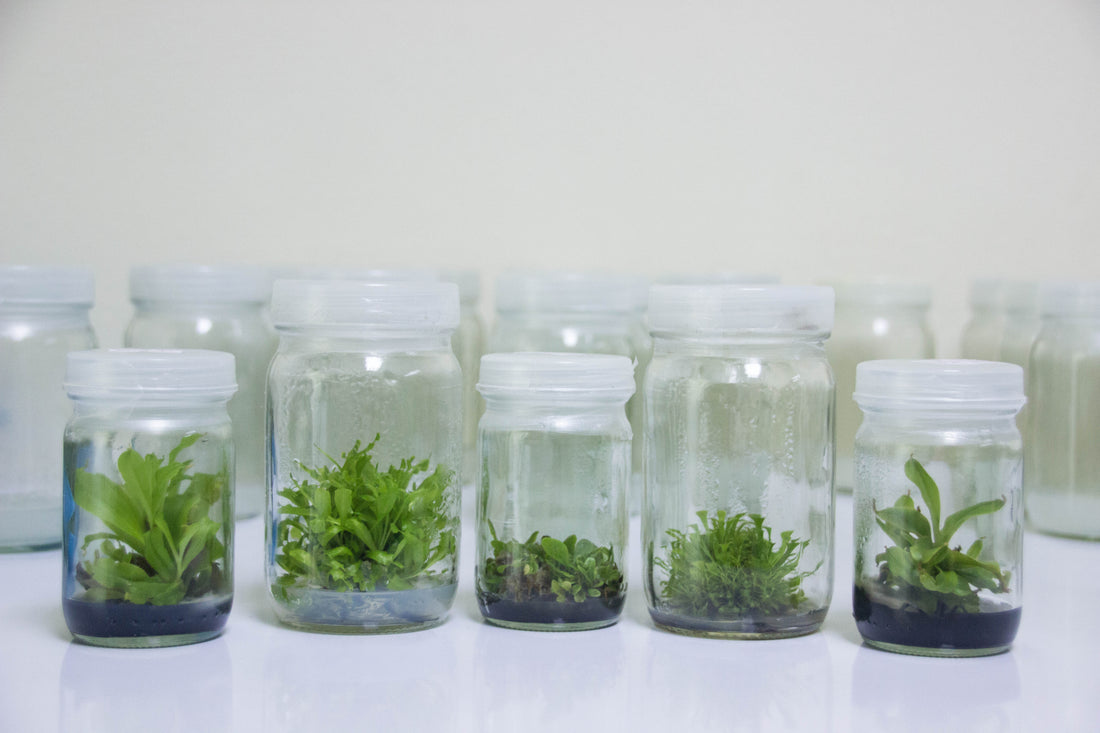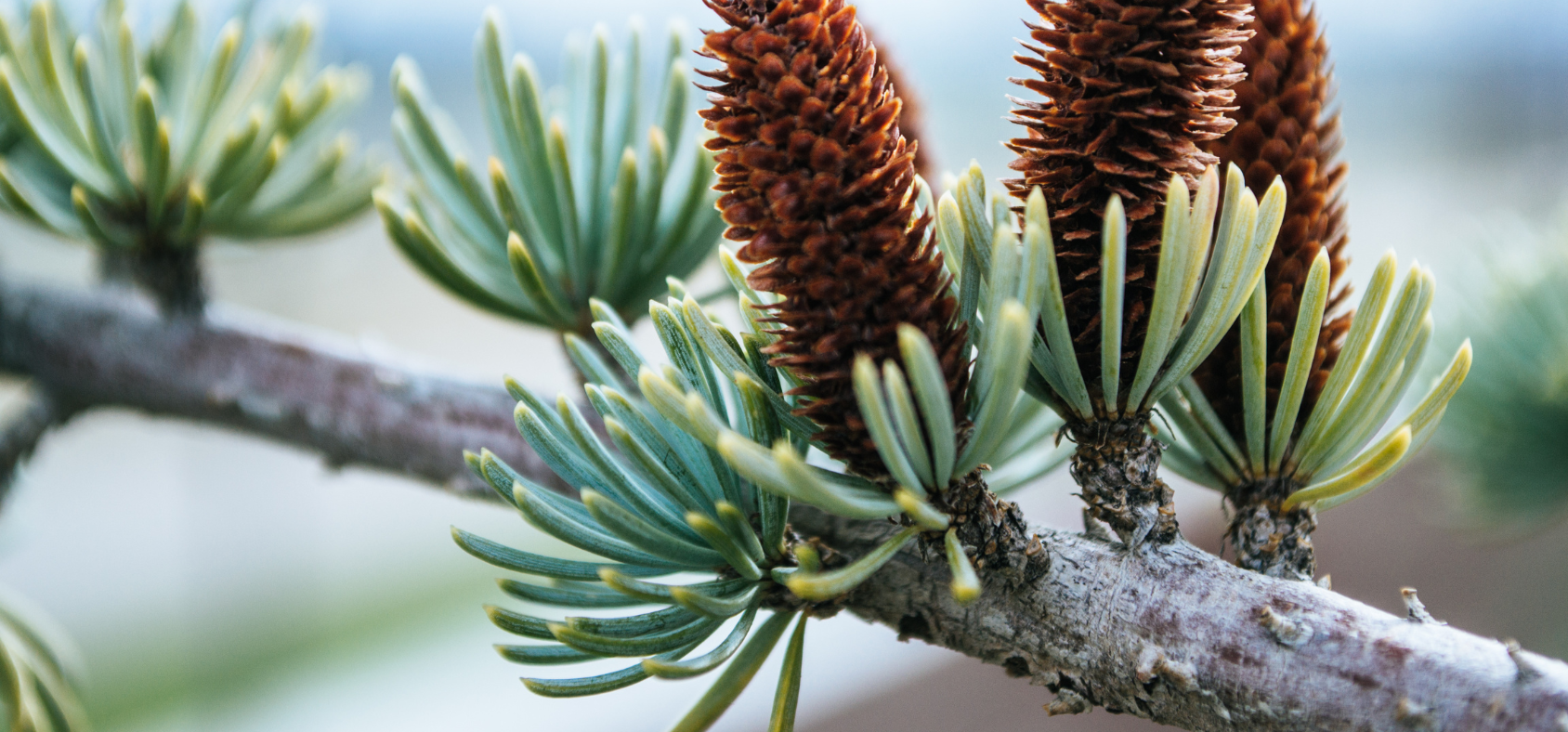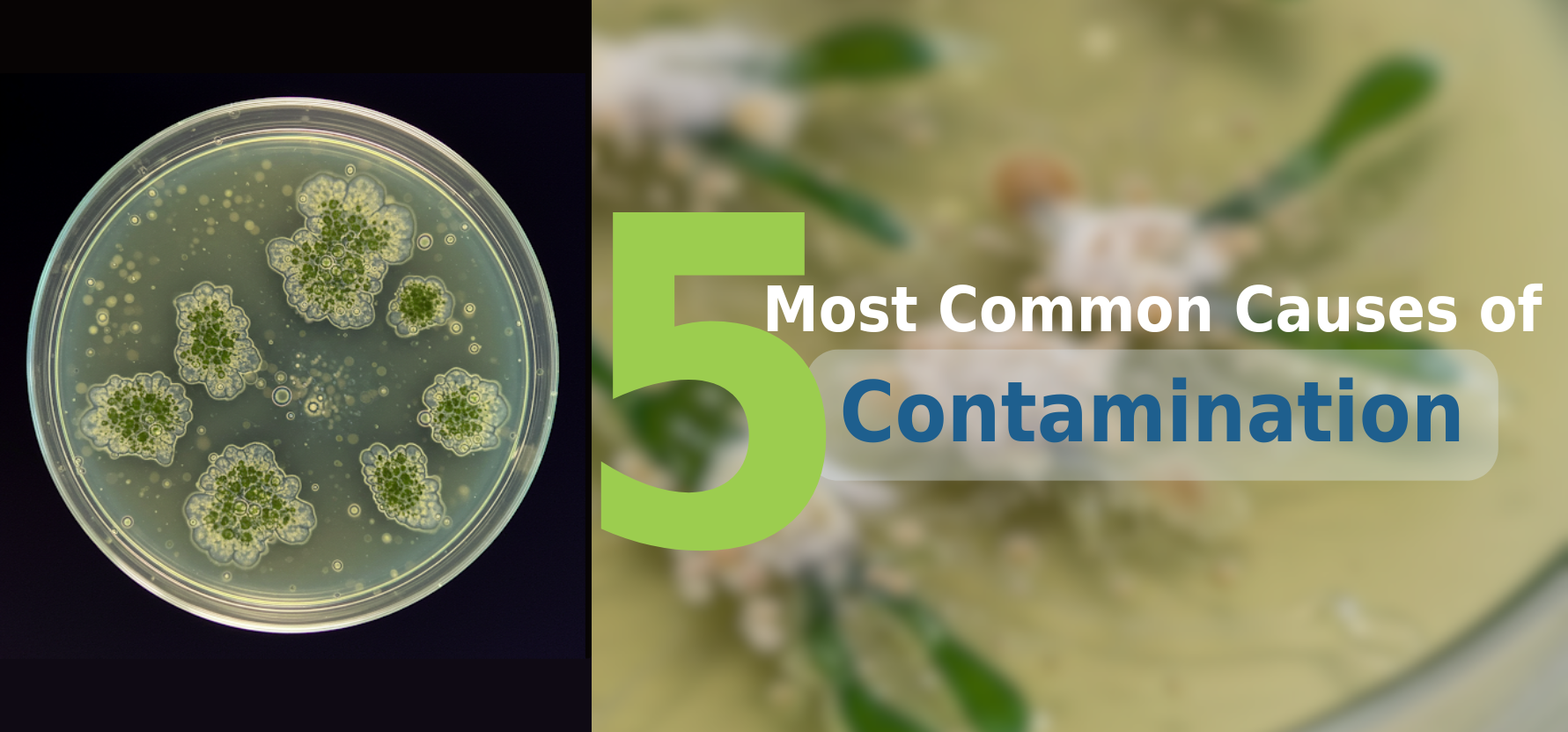
Plant Preservative Mixture (PPM): An All-Round Solution To your TC Contamination Problems

So, apart from taking all the precautions of using sterile equipment and working in a sterile environment, what do you use in your tissue culture process to prevent contamination?
Antibiotics!!
STOP right now!
Introduction
If you’re a plant grower, you know how important it is to keep your plants safe from pathogens. Because these pathogens cause massive losses ranging from plant yield, and money, to our precious time involved in caring for the plant.
Especially, when you are doing tissue culture, which involves a huge investment in setting up the space, creating a sterile environment, using expensive nutrients and chemicals, and installing expensive tools, it becomes necessary to protect your plants from contamination as much as you can.
So, apart from taking all the precautions of using sterile equipment and working in a sterile environment, what do you use in your tissue culture process to prevent contamination?
Antibiotics!!
STOP right now!
Many studies have found that some antibiotics hinder the growth and development and change the genetics of your plants. And, that’s not it. They are not as effective as you think. Some microorganisms develop resistance to these microbes and still can attack your plant. Also, antibiotics are only targeted to kill or stop the growth of bacterial pathogens, but, what about the viral or fungal pathogen? Or mycoplasmas?
Now, you might be wondering what can you use to protect your plants from such sneaking, invisible, and tough microbes.
Well, we’ve got you covered!
Use the one-of-a-kind product plant preservative mixture (PPM)™. It’s Plant Cell Technology’s proprietary product that enables tissue culturists to protect their plants from all kinds of contaminants.
Let’s have a look at how to use them and what are their advantages.
What is PPM(™)?
Plant Preservative Mixture (PPM™) is a robust formulation used as a broad-spectrum biocide in plant tissue culture experiments. By targeting bacteria, fungi, and other contaminations, PPM™ can save your experiment by eliminating contaminations. PPM™ can also be used as a micro biostatic compound to prevent future contaminations.
Coupled with proper observation of aseptic laboratory techniques, PPM™ can increase your chances of a successful and thriving culture experiment.
Advantages of PPM
The benefits of the uses of PPM in tissue culture include:
- It does not interfere with callus proliferation or regeneration, nor does it impair in vitro seed germination yet it is a potent preservative and biocide
- It prevents the germination of both bacteria and fungi spores.
- Its heat-stable nature allows it to be added before autoclaving, reducing contamination risk even further than other treatments
- It is substantially less expensive than commonly used antibiotics.
- It only requires 1-2ml/L of media (however, the concentration varies based on the type and severity of the contamination problem).
- Because PPM™ is broad-based, plants will not be able to develop mutations against the mixture.
- PPM™ does not affect the genetic profile of the plants.
The procedure of Using PPM in Tissue Culture
The procedures described below are generic. Slight modifications might be needed for your specific plant species. For assistance, contact Dr. Assaf Guri at guri1@erols.com
PPM™ significantly simplifies the tissue culture working procedures as follows:
1. Media containing PPM™ may be dispensed outside the laminar flow hood (LFH) exposed to the ambient air. The plates should be covered soon after agar solidification. In the event that media dispensing is done by a pump, we recommend passing autoclaved hot water through the hoses prior to and after media dispensing.
2. Heat sensitive or heat stable liquid media containing PPM™ does not need to be filter sterilized or autoclaved provided that it will be stored in sterile containers and that the stock solutions are not contaminated. In rich media containing 200 mg/liter or more of amino acids or proteins, it is recommended to filter the media with the PPM™.
3. If working in the LFH the utensils (forceps or scalpels) do not need to be flamed. They should be periodically dipped in 70% alcohol. The LFH does not need to be certified and the work can be done as well outside the LFH on a clean surface for a period not exceeding 1 hour.
4. PPM™ is less effective when exposed to the high density of bacteria or fungi spores found regularly on the seed's coat. For in vitro germination, seeds should be conventionally surface sterilized with EPA-registered bleach. Therefore, in the presence of PPM™ (in the germination medium), the seeds can be rinsed under tap water in a non-sterile strainer and left to dry preferably in the LFH. If the utensil ends have touched active bacteria, fungi culture, or are otherwise suspected of being contaminated, they should be sterilized by autoclave or by use of an electric heating element.
5. General Dosage levels: With the exception of endogenous contamination, the recommended dose range is 0.05%-0.2%. (For callus proliferation, organogenesis and embryogenesis, the recommended range is 0.05-0.075%.).
HOW PLANT CELL TECHNOLOGY IS HELPING CULTURISTS WORLDWIDE IN THEIR TISSUE CULTURE APPLICATIONS?
Plant Cell Technology is helping tissue culturists around the world by providing unique and world-class products and services that smoothen their process. It has MS media, agar, gellan gum, Plant Preservative Mixture (PPM), culture vessels, Biocoupler (TM), and masks in its store to facilitate your processes.
And, that’s not it! Plant Cell Technology also offers consultation services to culturists of all sizes that help to get instant solutions to your tissue culture problems.
So, visit plantcelltechnology.com today and find out more about our product and services and how they help you to excel in your tissue culture processes.
Happy Culturing!!
Blog Categories
View by Level
Popular Blogs

Can We Grow Wood in a Lab? The Future of Tissue Culture in Forestry
Introduction Wood has long been a cornerstone of human civilization—used for shelter, tools, paper, energy, and countless everyday items. However,...
Read More
The 5 Most Common Causes of Contamination in Tissue Culture Labs
Introduction Scaling up your tissue culture production is impossible if you’re constantly battling contamination. Contamination is one of the biggest...
Read MoreSubscribe to Our Newsletter







Join the conversation
Your email address will not be published. Required fields are marked